Gordon setters: Distinguished, handsome and kindly dogs who deserve consideration
Developed by the 4th Duke of Gordon, the handsome black-and-tan Gordon setter has fallen out of fashion as a working dog, but deserves our attention as a potential pet.
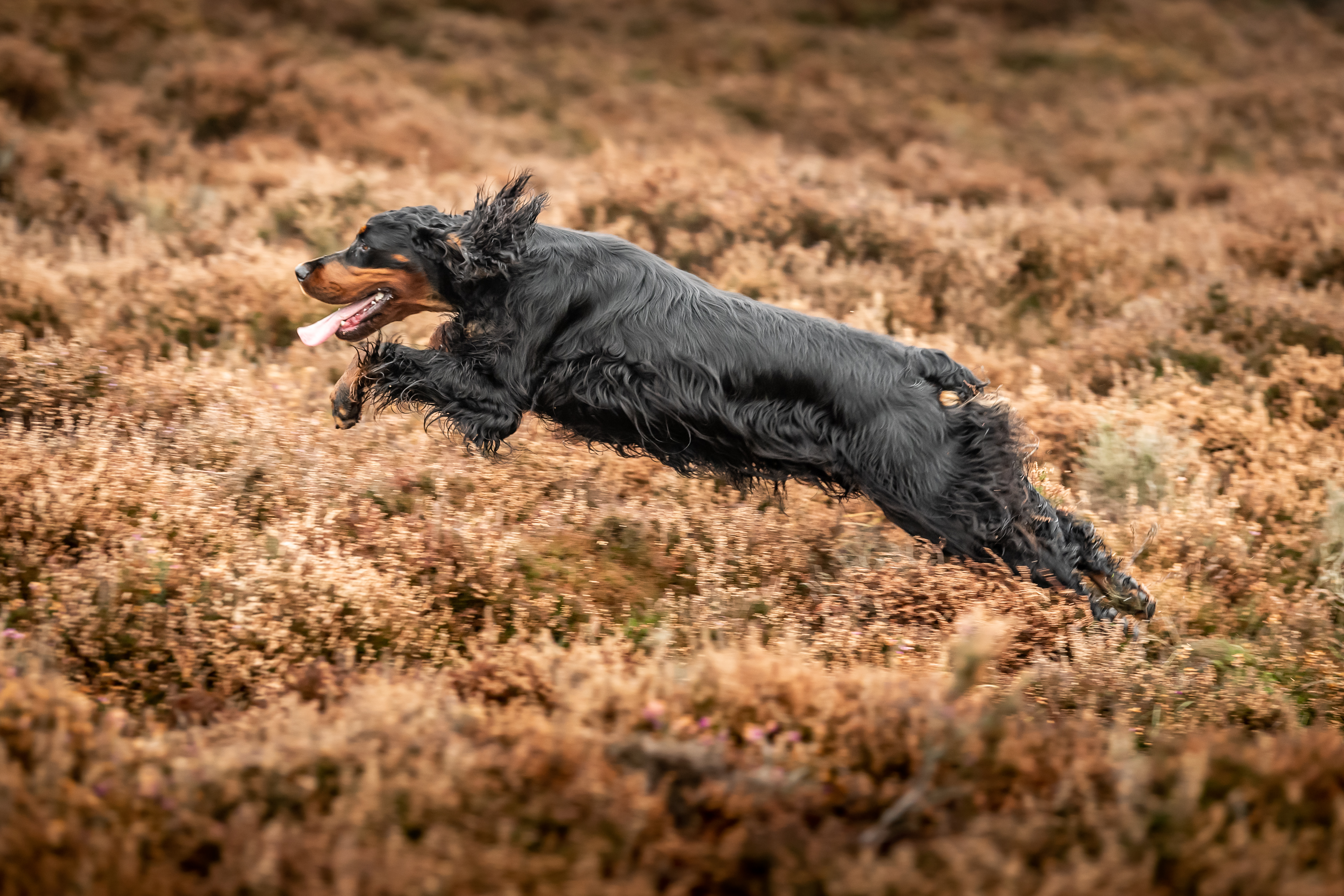
That’s a really big spaniel, isn’t it?’ and ‘Your dog’s a rottweiler’, comments more than once addressed to Siobhan Whiteway on walks with her three-year-old Gordon setter bitch, Ember, give an accurate indication of how rare and unrecognised this handsome black-and-tan gundog has become.
Last year, the number of Gordon setter puppies registered nationally by the Kennel Club (KC) sank to 172. By contrast, in the same period, the nation’s favourite dog breed, the French bulldog, notched up more than 30,000 puppy registrations. On the eve of the bicentenary of its breed standard being formalised – in 1820, by Alexander, 4th Duke of Gordon, who lent the breed his name – the Gordon setter is well on its way to becoming the gundog British owners forgot.
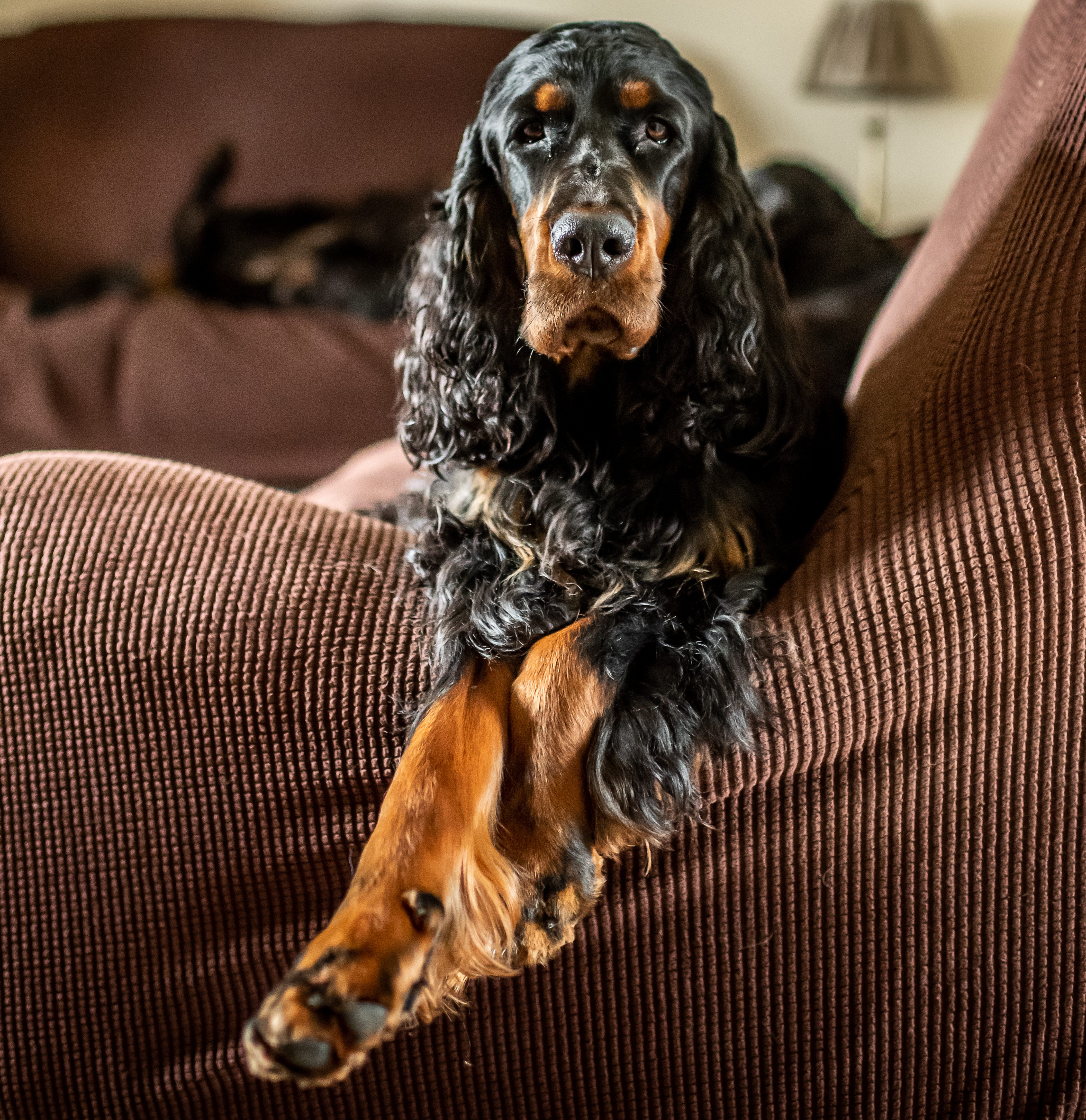
It’s a sorry outcome. Anyone who has ever witnessed a Gordon setter at work, pointing in the field or running with long, liquid strides across open parkland, is unlikely to forget the beauty of the sight: the dog’s silky coat like molten liquorice splashed with amber, eyes set, nose aquiver, a long plume of tail extended, the feathering of legs, tail and underbelly suggesting a surprising lightness to this heavyweight of British setter breeds.
Noble both in appearance and heritage, the much-neglected Gordon setter is an attractive and lovable pet for owners capable of providing appropriate training in what can be a protracted puppyhood and who are willing and able to exercise energetic dogs bred for an outdoor working life.
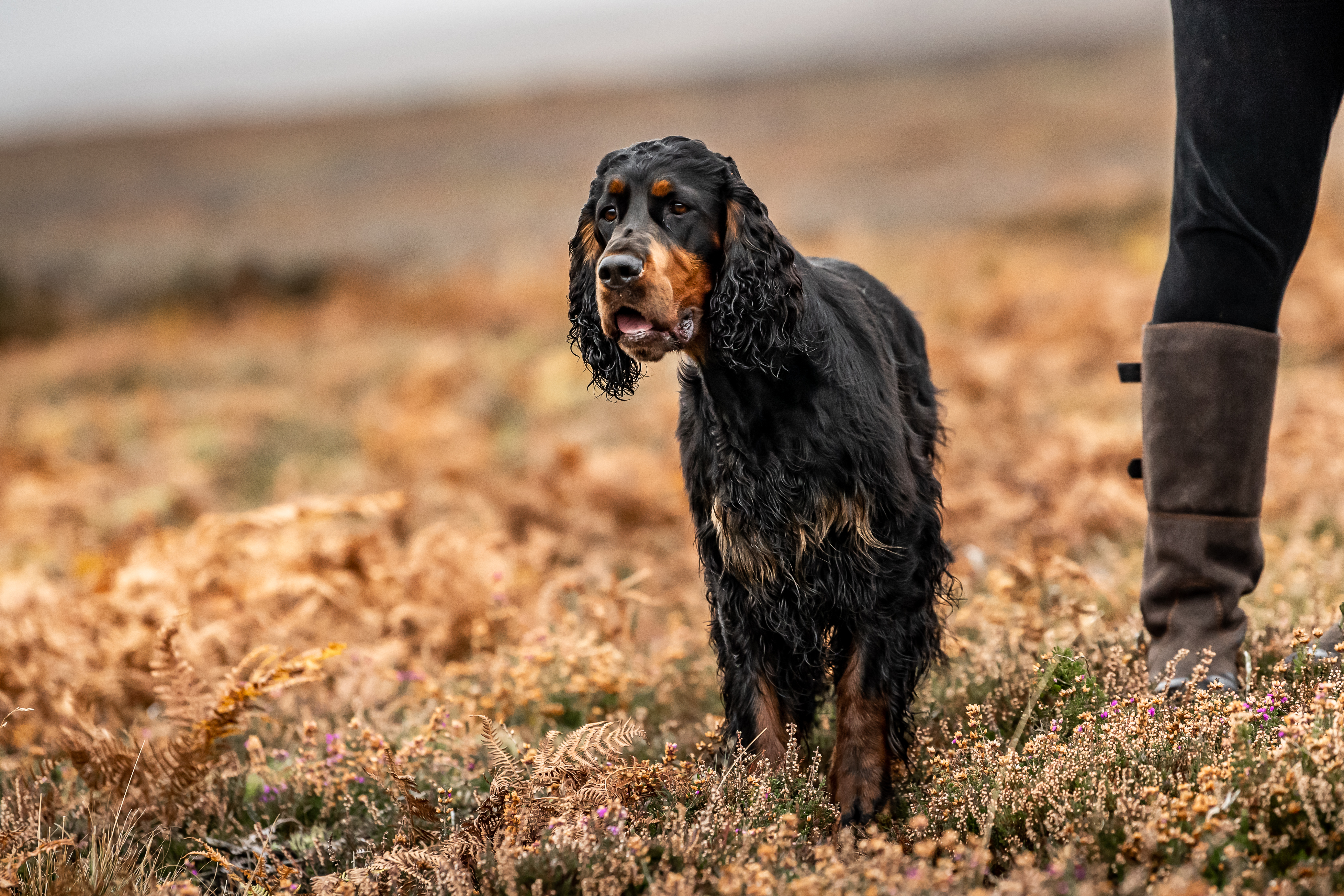
‘The Gordon setter does need exercise,’ owner of four—and co-owner and co-breeder of the only two dual-champion setters (show ring and field trials) in UK history – Jean Collins-Pitman states. ‘They need to be able to gallop freely.’ Yet they are also, she notes, comfort-loving, cosy and comfortable dogs: ‘Gordons are very loving and very friendly.’
One of her younger dogs, three-year-old Denver, even shows surprising lap-dog instincts. Despite weighing more than five stone: ‘Every night, he has to come and sit on my lap. I can see I’ll reach an age when Gordons are just too big for me!’
These fond and affectionate animals – described as ‘endearingly biddable’ by Peter Sandiford who, with his wife Christine, currently has 14 Gordon setters, and by Miss Whiteway as having ‘very sweet, gentle natures, especially in any family environment involving children’ – have always been among Britain’s minority breeds. In the past century, their popularity peaked in the 1980s; in 1908, however, the KC had registered only 27 Gordon-type puppies.
Exquisite houses, the beauty of Nature, and how to get the most from your life, straight to your inbox.
‘I don’t believe I have ever seen a more beautiful dog'
Their current doldrums are not new, but, like a number of former working dogs that have failed to achieve mainstream appeal, the Gordon setter faces the threat of a dwindling breeding pool, with potential implications for breed wellbeing. Enlightened breeders have imported bloodstock from overseas, notably the US. Today’s Gordons may be rare, but, despite concerns about a tendency to hereditary hip dyspasia, they are currently a robust bunch.
Genetically, the Gordon’s origins are close to those of English and Irish setters, which they resemble in all but colour. Although the KC first recognised the breed as recently as 1924, a distinctive setter strain, associated primarily with the kennels of the 4th Duke of Gordon at Gordon Castle in Moray, had been known much longer to sportsmen, especially to readers of The Field. In that magazine, its merits on the grouse moor and in shooting partridge and pheasant were repeatedly extolled by a handful of committed admirers through the second half of the 19th century.
As a young man, the Duke was an enthusiastic sportsman, perhaps more attached to his dogs than to his forceful and ambitious wife, Jane Maxwell: in 1764, at the age of 21, he was painted by Pompeo Batoni at the end of a day’s sport attended by a sighthound and a dog of pointer-like appearance, liver and white in colouring.

The strain of setter developed in the Duke’s kennels before and after his death, in 1827, reflected his sporting preferences and requirements. Unlike today’s Gordon setter, it was a predominantly white-and-black dog with sparse tan markings, the prevailing paleness of its coat a deliberate contrivance to increase its visibility on moor and hillside. This was the Gordon setter described by a visitor to Gordon Castle in 1862: ‘Originally the Gordon setters were all black and tan… Now all the setters in the Castle kennel are entirely black and white, with a little tan on the toes, muzzle, root of the tail, and round the eyes. The Duke of Gordon liked it, as it was both gayer and not so difficult to back on the hillside as the dark-coloured.’
The present breed standard restricts white markings to a small spot on the chest, although predominantly white Gordons, as favoured by the Duke, continued to be bred and shown into the previous century.
The first creation dukedom of Gordon became extinct in 1836, with the death without male issue of Duke Alexander’s elder son, the 5th Duke. In 1972, however, the current Marquess of Huntly, a direct Gordon descendant, embraced family tradition with the purchase of a Gordon setter called Gomer, after another relative, press baron Gomer Berry, Viscount Kemsley.
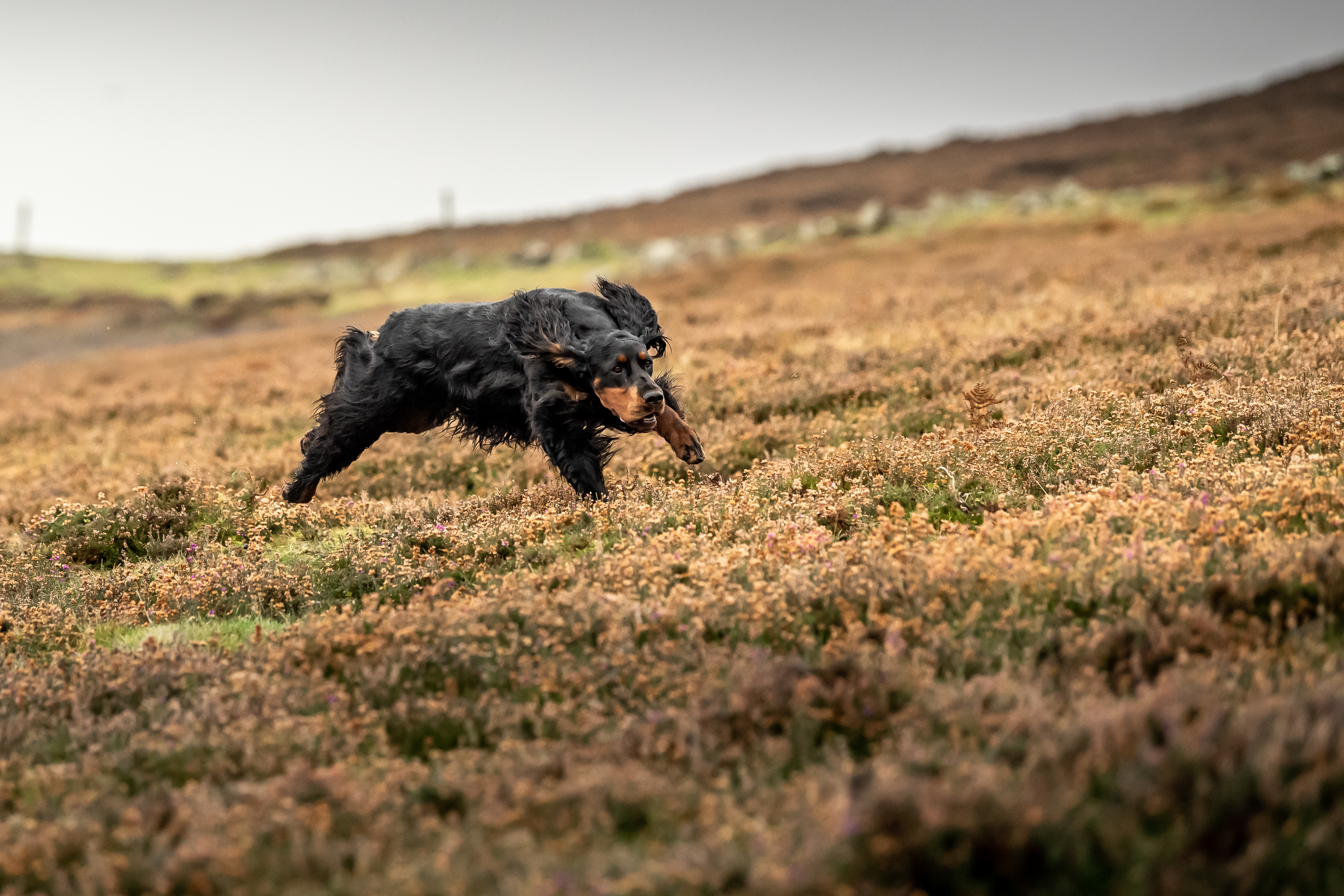
‘I don’t believe I have ever seen a more beautiful dog and he was hugely admired when he stood still long enough to be appreciated,’ Lord Huntly remembers. Gomer’s imperviousness to his master’s training shortened his stay in the family: ‘I had him for about a year. He travelled on those long legs at high speed, oblivious of calls from me to return – only the offer of food would turn his head. Whole pheasant pens were cleared, herbaceous borders trashed and five-bar gates cleared with consummate ease. I couldn’t go on.’
Gomer was rehomed to a hotelier in Aberdeen and happily settled down, his boisterous puppyhood behind him. For Lord Huntly’s part, ‘still I cannot pass the breed in the street without the happiest memories, despite my failings as an owner’.
Most owners’ stories are cheerier. Gordons have traditionally been considered more intelligent than other setter breeds and Mrs Collins-Pitman labels her four, which she keeps alongside a labrador and an English setter, ‘amazingly intelligent dogs and very, very obedient. The breed does show a streak of independence, connected to its intelligence, but with successful training, such adaptability’. She has taken all her dogs with her when staying with friends and all have resided with her in hotels with no untoward outcomes. Her view is unequivocal: ‘I couldn’t be without them.’
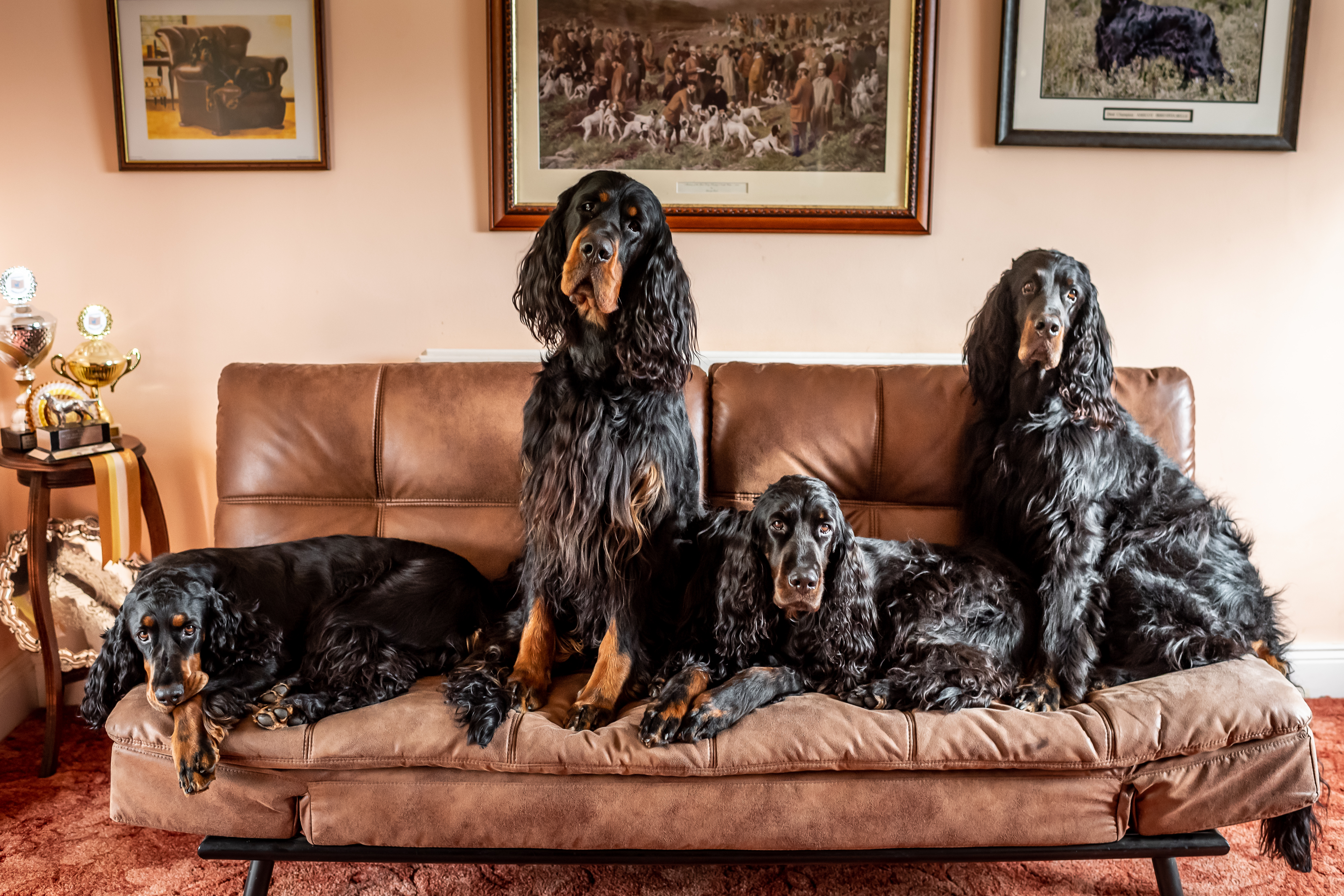
This feeling of joy and delight in their dogs defines the small band of Britain’s Gordon owners. It is the case that changes in shooting practice in the past century and a half have impacted on the breed’s popularity as a working dog – the majority
of today’s guns prefer hunt-point-retrieve breeds – but, for those sufficiently interested, the setter is an adroit and accurate worker, as well as a charming pet for those with the space. Miss Whiteway, a second-generation Gordon owner, dwells on their ‘winning charm’ and their loyalty.
For Mrs Collins-Pitman, who is married to a former keeper, the Gordon is ‘the epitome of the “fit-for-function” dog’, but also an ‘intensely loyal, often one-family dog, very friendly, but eager to protect your home, with just occasionally an appearance of aloofness towards strangers’.
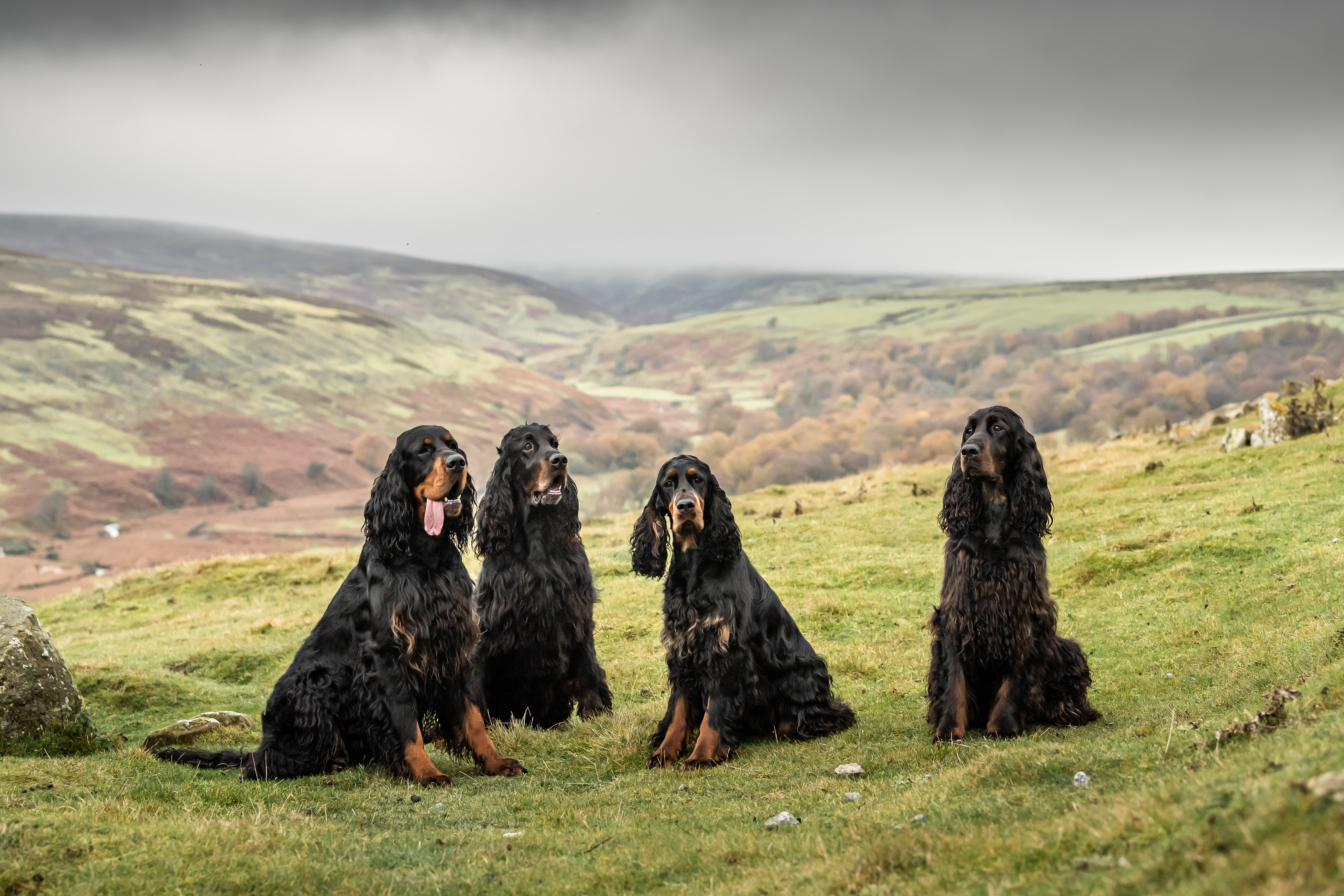
In the kennels at Gordon Castle 150 years ago, up to 37 setters were recorded at one time and current owners also testify to the breed’s gregariousness. Mr Sandiford describes the many Gordons he and his wife have owned and bred since 1975 as ‘very happy in units of two’ and Mrs Collins-Pitman’s quartet of 10-year-old Dallas, five-year-old Raina, three-year-old Denver and two-year-old Vegas live side by side in companionable amity.
The picture that emerges is of a breed that, like all dogs, is a composite of its charms, quirks and idiosyncracies, and one many owners would do well to reconsider. Despite cautioning against a Gordon setter as a first dog, Mrs Collins-Pitman, who remains in touch with the owners of every dog she sells, has no reservations in the case of experienced owners. Her own life has been inestimably enhanced by this breed, the wellbeing of which she has so successfully championed. It is now time for new converts to embrace these distinguished, handsome and kindly setters.
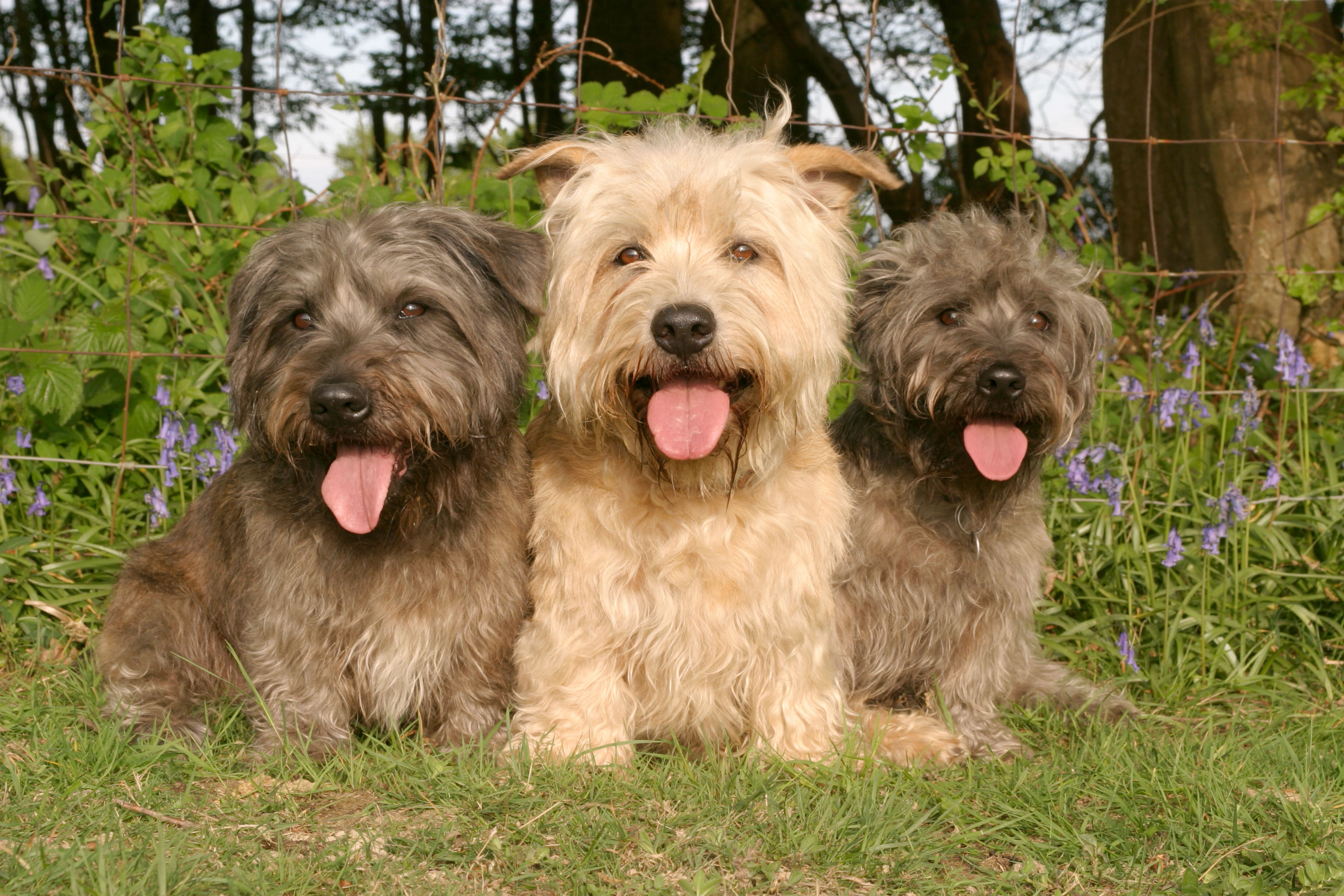
Credit: Alamy
Glen of Imaal terriers: Wilful, adorable and sadly extremely vulnerable
They’re one of our most vulnerable native breeds – but what Glen of Imaal terriers lack in numbers, they make

Which breed makes the best gundog? The pros and cons of labradors, spaniels, terriers and more
Whether you own labradors, springers, cockers or a mix of all three, debate over which gundog is best has raged
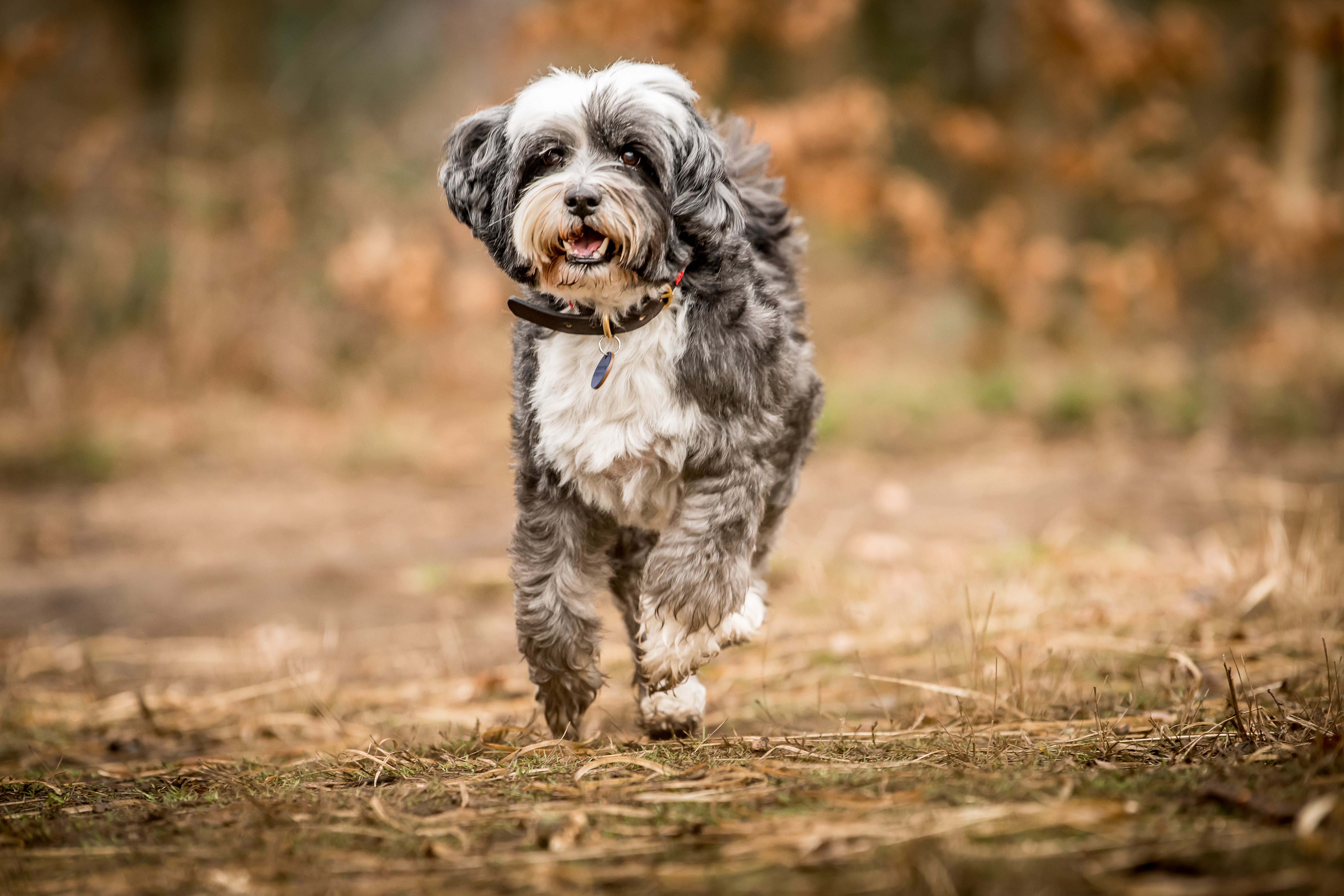
Tibetan terriers: Friend to the famous, lovably lively and perhaps the Kennel Club's best-kept secret
They have a starry following, but characterful Tibetan terriers are still a well-kept secret. Emma Hughes meets the best dog